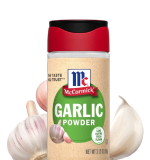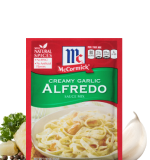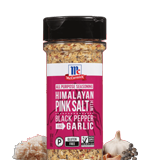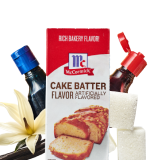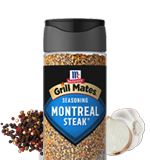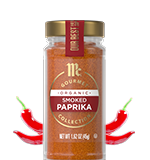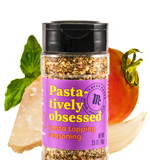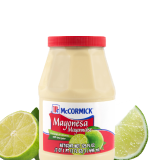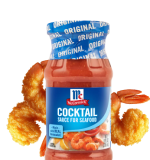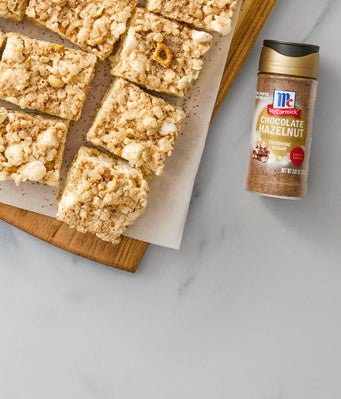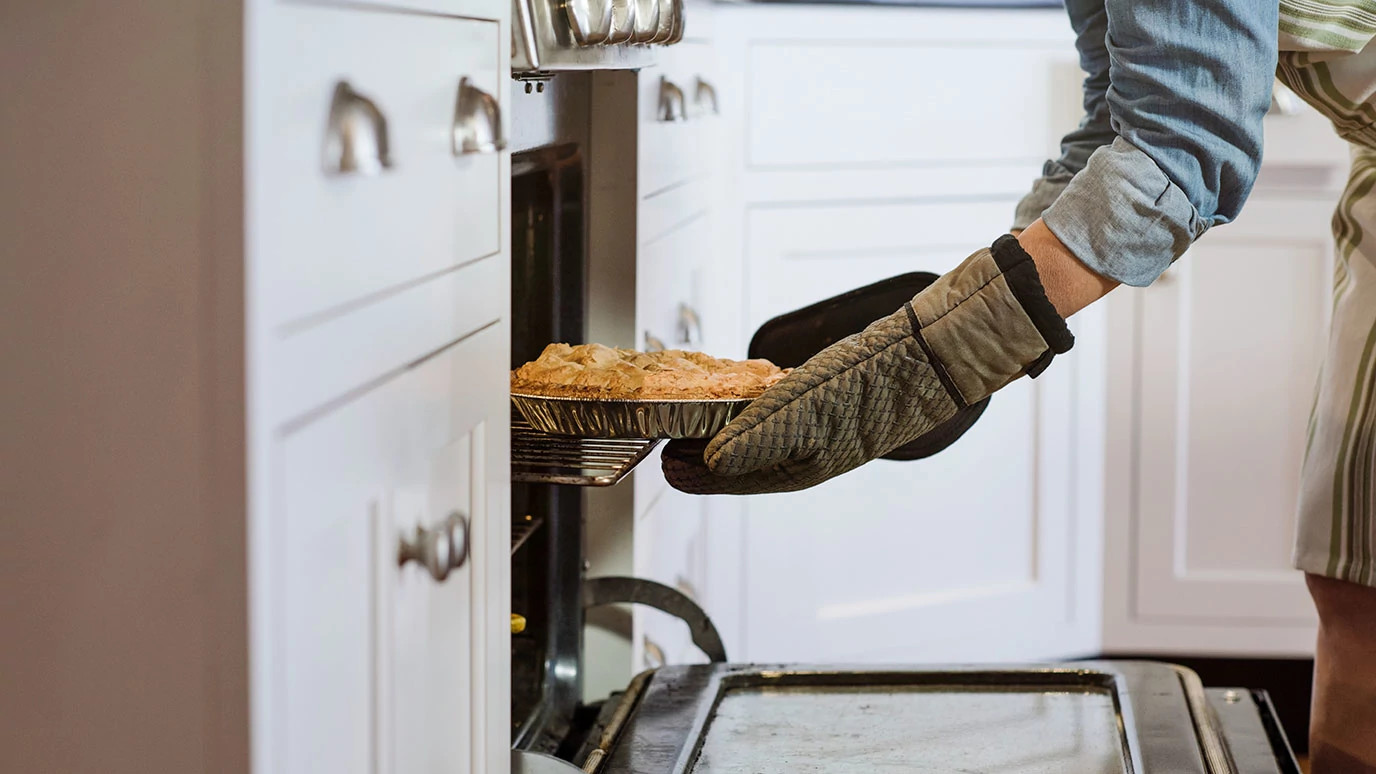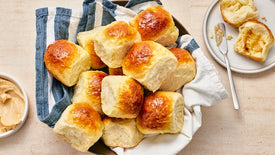

Articles, Tips & Kitchen Inspiration
Explore the full collection of McCormick articles, where expert tips, how-tos, and flavor-packed ideas turn everyday meals into memorable moments.
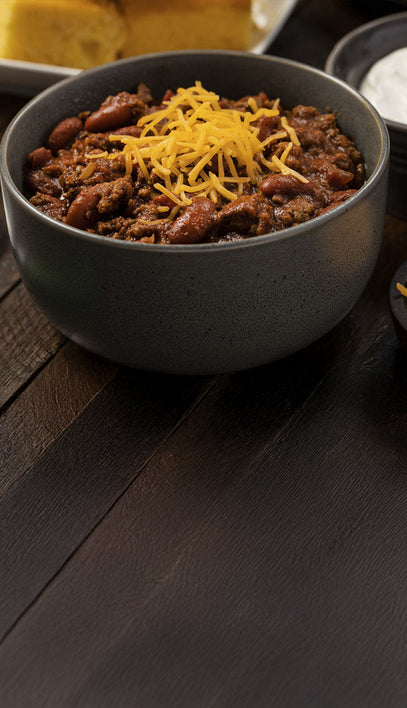
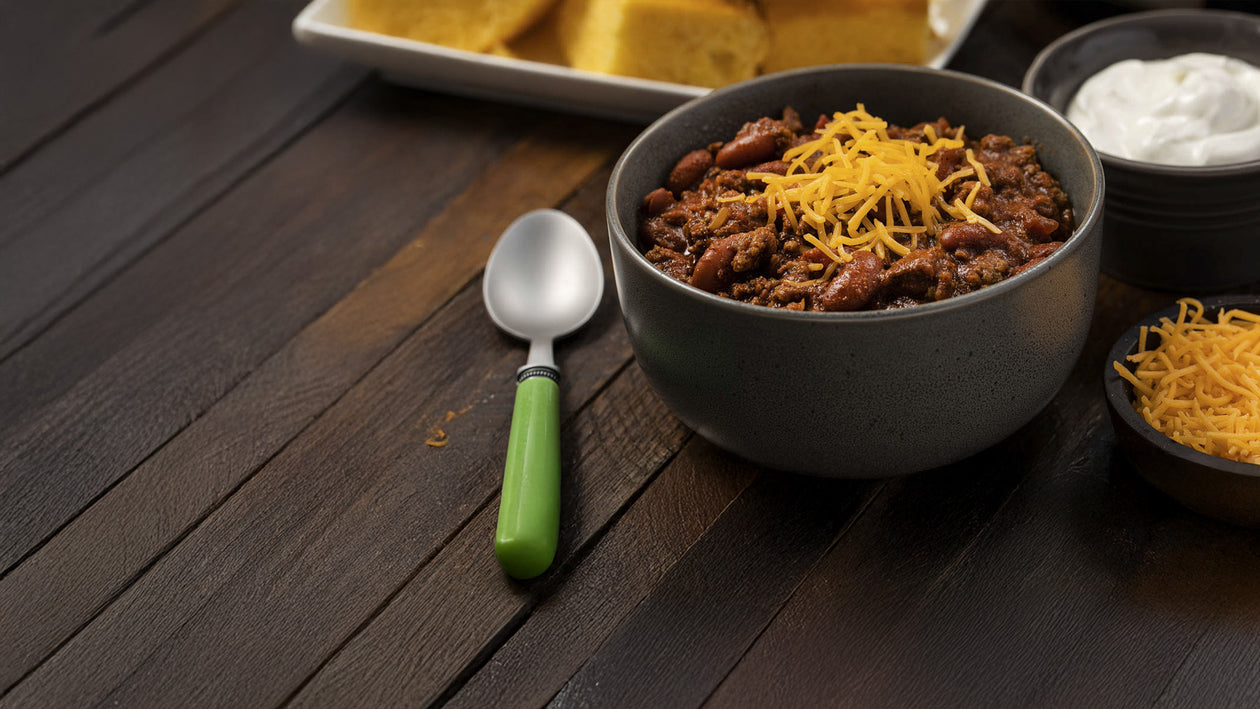
Slow Cooker Comforts Made Simple
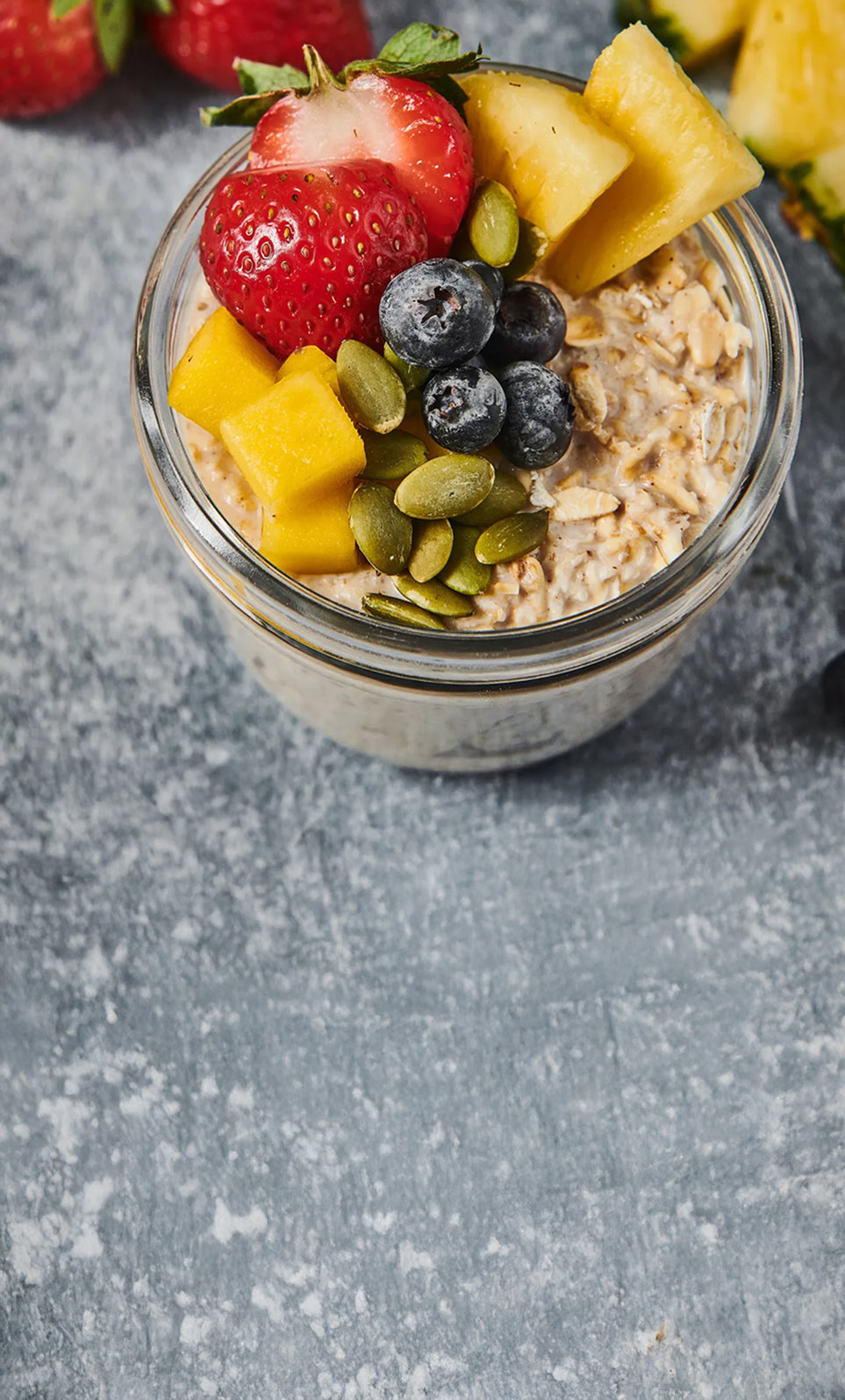
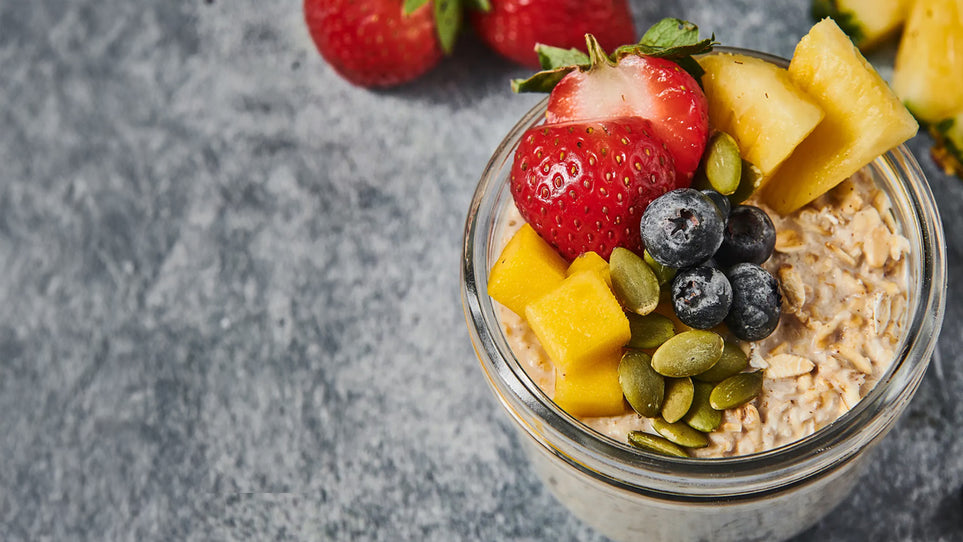
15 Easy Breakfast Meal Prep Ideas
Pressed for time in the mornings? From overnight oats to egg bakes. These quick and creative ideas make breakfast one less thing to worry about. Get the fuel you need without missing a beat.
You Might Also Like
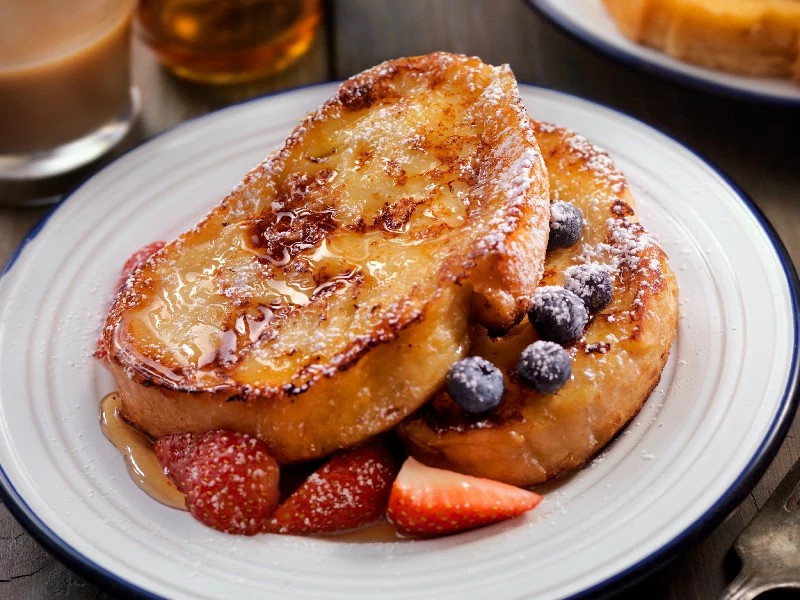
French Toast Recipes That Will Rock Your Breakfast World
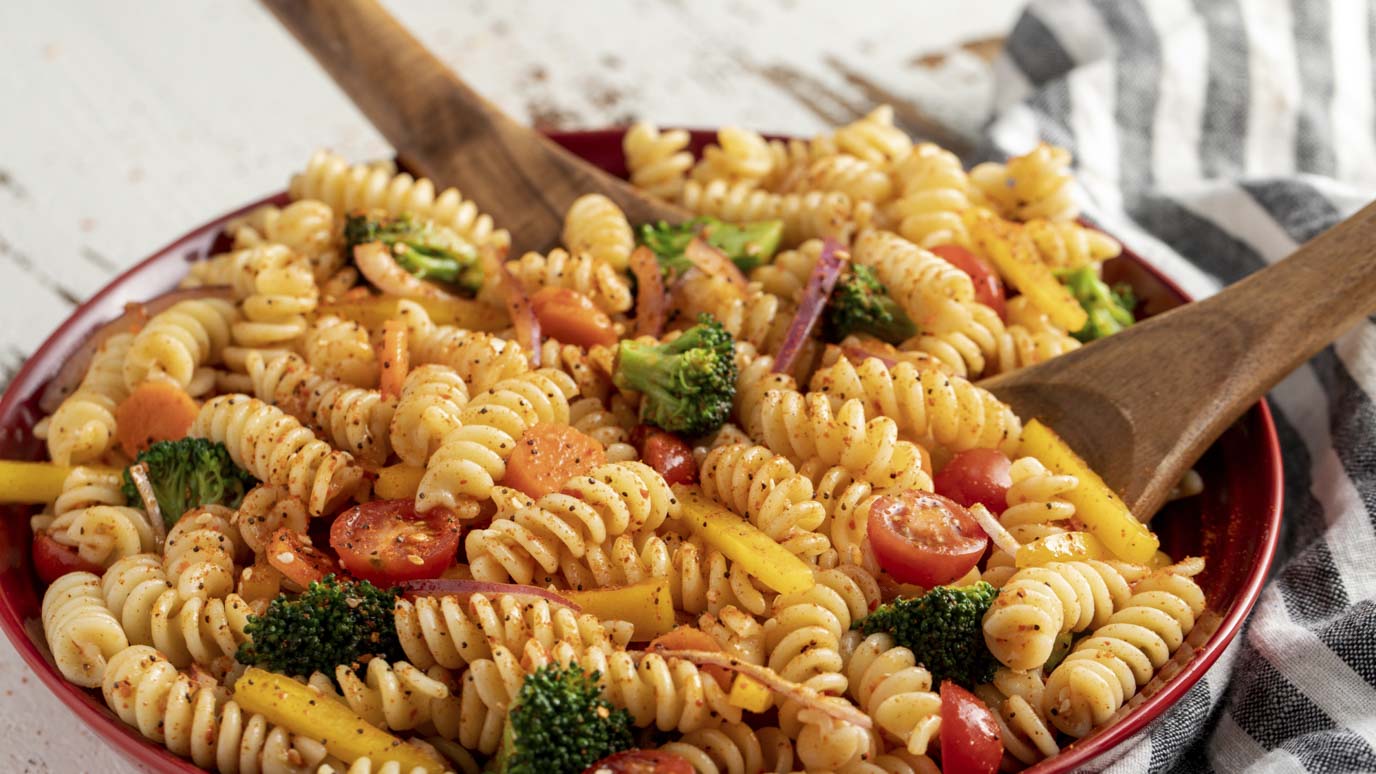
10 irresistible ways to use up a bottle of McCormick salad supreme seasoning
10 Easy Thanksgiving Dessert Ideas You've Got to Taste
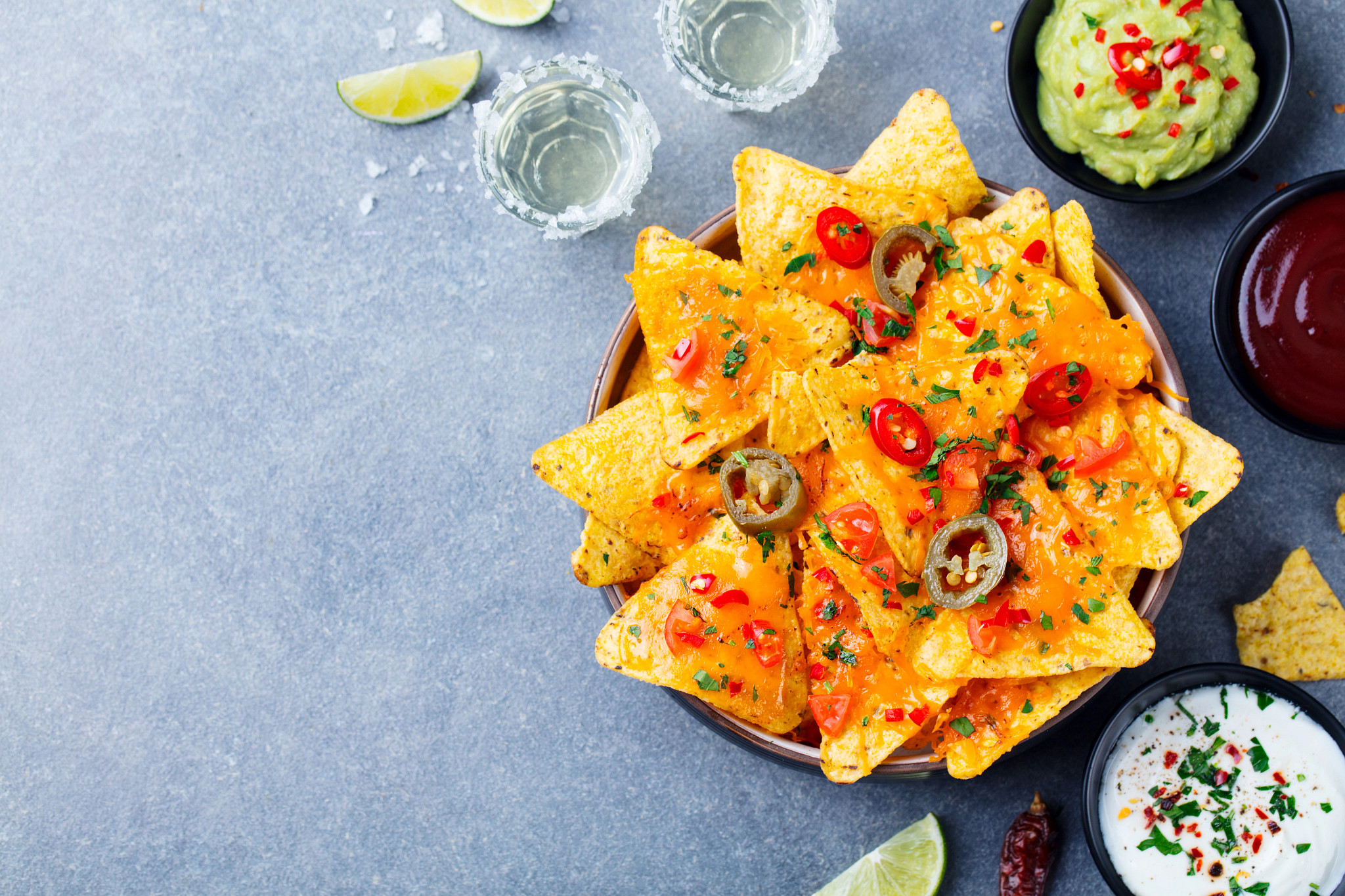
Nachos, Nachos, Nachos Naturally, You Can Never Get Enough Homemade Nachos Recipes

10 Tasty Recipes Starring Ground Beef
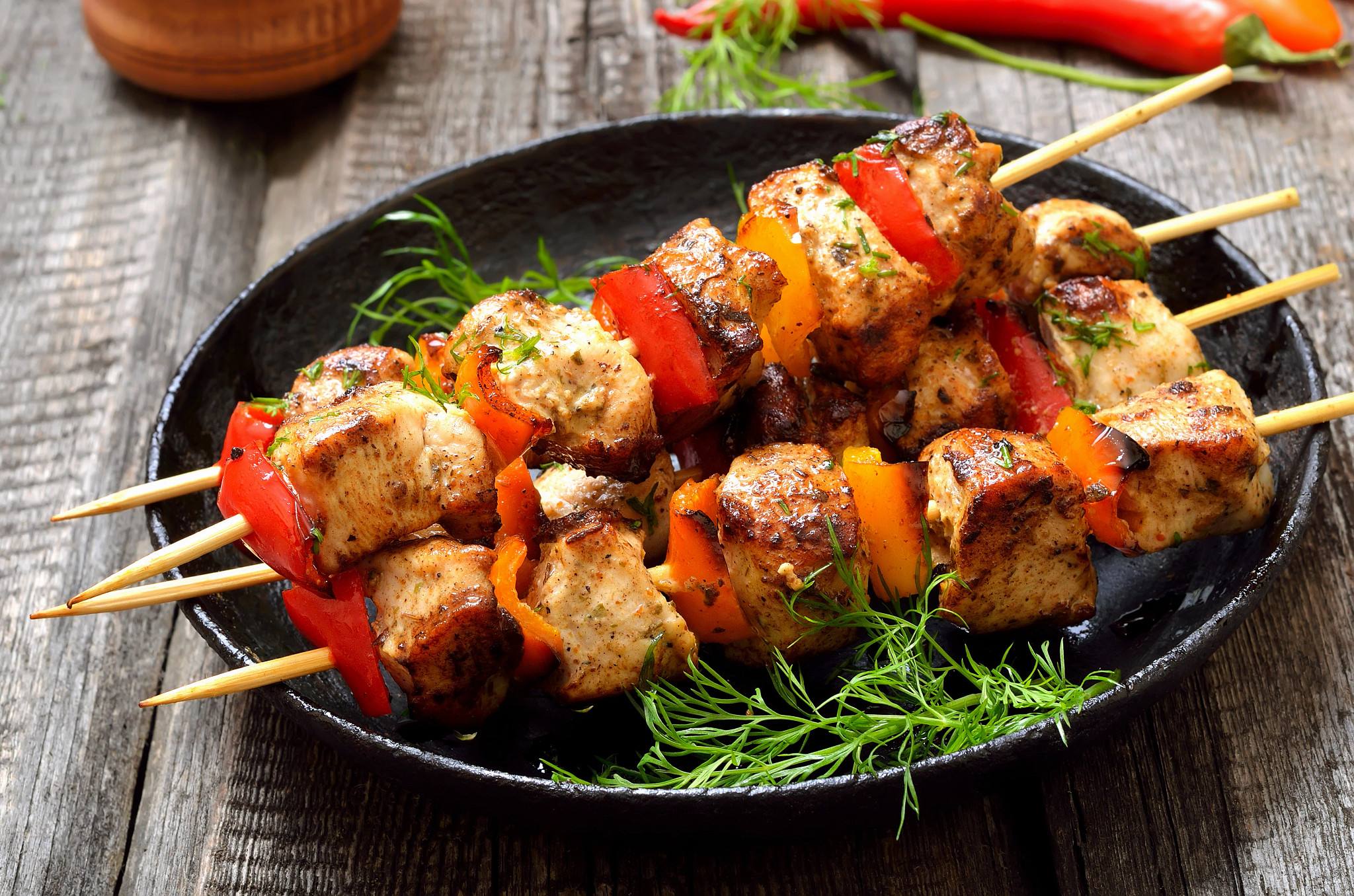
10 Kabob Recipes The Whole Family Will Love
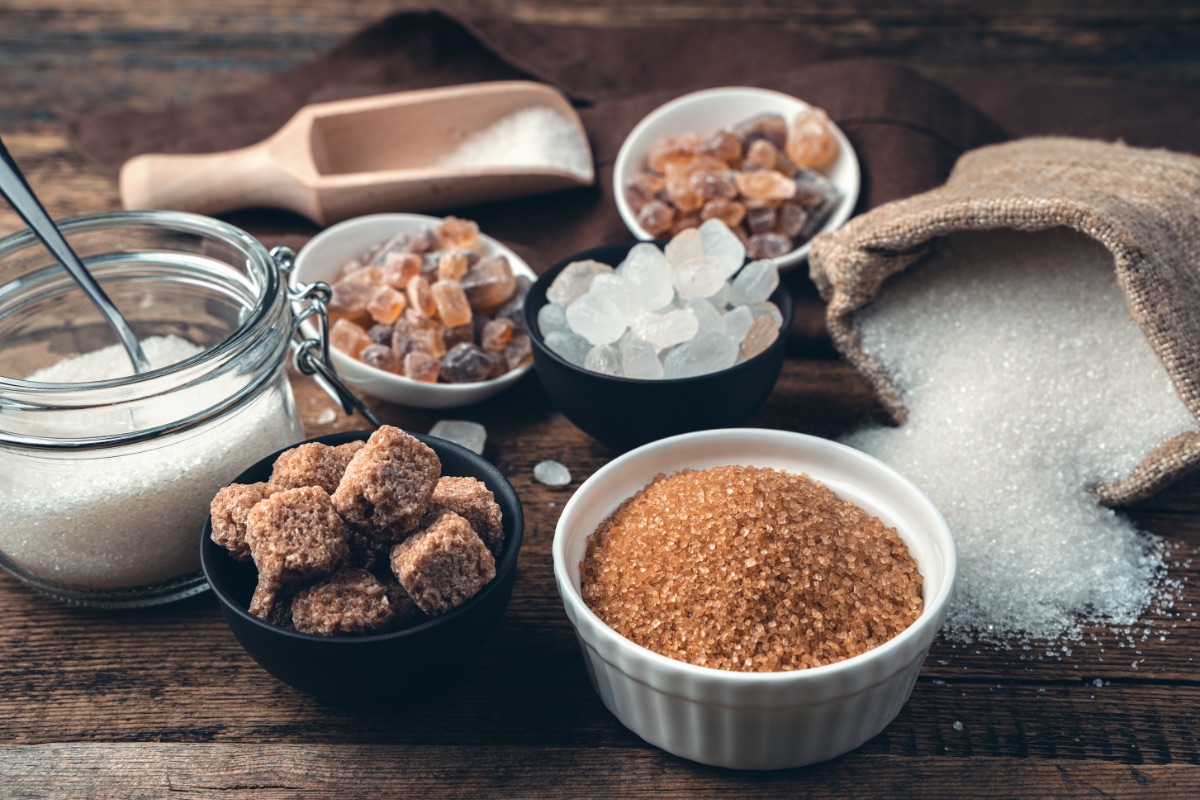
6 Sugar Substitutes You Must Try Cooking With


